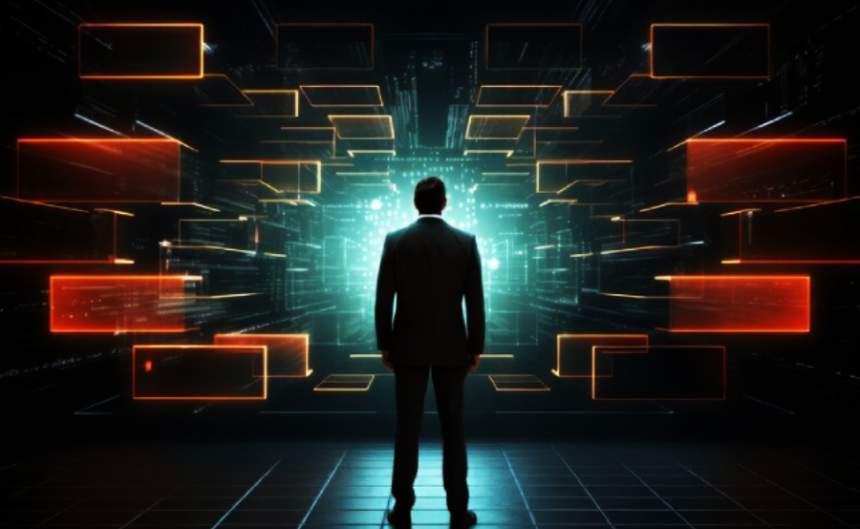In the dynamic world of blockchain and digital assets, nftrandomize (non-fungible tokens) have emerged as unique, verifiable assets on the blockchain. Beyond just collectibles, NFTs now incorporate complex traits, themes, and randomized elements that add layers of rarity and value. In this guide, we explore nftrandomize, its purpose, how it functions, and why it’s essential for NFT creators, collectors, and investors alike.
What is NftRandomize?
Nftrandomize refers to the generation of unique traits or characteristics in digital assets using algorithms and blockchain technology. Instead of each NFT being identical, randomization injects variability, creating a series of unique digital items that range in traits, appearances, and levels of rarity. This technique is essential in profile picture (PFP) projects, games, and other blockchain-based collections, where demand for distinct items drives value and engagement.
By integrating randomization, NFT projects can build rarity tiers, making certain traits or assets more sought after. This model can be seen in popular projects like CryptoPunks and Bored Ape Yacht Club, where specific traits (like laser eyes or rare skins) make certain NFTs significantly more valuable.
How Does NftRandomize Work?
Nftrandomize combines smart contract technology with random number generation (RNG) to assign distinct characteristics to each token. Here’s a step-by-step breakdown:
- Creation of Base Layers and Attributes: Artists design various layers and attributes (e.g., background, clothing, accessories) that can combine to form unique NFTs. Each layer is distinct, allowing for many possible combinations.
- Randomization Algorithm: Using RNG, the system randomly assigns attributes to each NFT at the time of minting. Chainlink VRF (Verifiable Random Function) is a popular tool used in blockchain to create verifiable randomness, ensuring transparency and fairness.
- Rarity Assignment: Certain traits are assigned rarer probabilities. For example, a trait may only appear in 1% of NFTs, enhancing its value.
- Minting on Blockchain: Once randomization is complete, each NFT is minted on the blockchain as a unique asset, with metadata recording all trait details.
Why NFT Randomization is Important
1. Increased Engagement and Market Demand
Nftrandomize brings a gamified aspect to the collection experience. The unpredictability of receiving rare traits creates excitement, leading to higher minting volumes and secondary market transactions.
2. Enhanced Value Through Rarity
In many collections, rarer traits lead to higher prices. Collectors often seek out the unique aspects of NFTs, driving competition and prices. For instance, in CryptoPunks, attributes like “Alien” skin are highly valued due to their rarity.
3. Artistic Variety and Uniqueness
Randomization allows for a rich diversity in each NFT collection, making each item visually distinct. Instead of generating monotonous items, randomization empowers creators to deliver a wide variety of designs, boosting aesthetic appeal.
Understanding Traits and Attributes in NFTs
Each attribute in an NFT collection plays a crucial role in its appeal and value. Here are common categories:
- Backgrounds: Simple color variations or elaborate designs can be randomly generated for a unique visual look.
- Characters or Species: Different “types” of characters add variety, like the alien, zombie, or human types in popular NFT projects.
- Accessories: Items like hats, glasses, or clothing are layered to create distinct looks and styles.
Rarity Tiers
Rarity plays a crucial role in defining an NFT’s value. Here’s how NFT projects commonly assign rarity tiers:
- Common Traits: Attributes with a high probability of being assigned, appearing in a large percentage of the collection.
- Uncommon Traits: These occur less frequently, adding moderate value to the NFT.
- Rare and Ultra-Rare Traits: Highly coveted traits that are intentionally limited, appearing only in a handful of NFTs.
Advantages of NftRandomize for Creators
1. Ability to Create Larger Collections
Through randomization, creators can quickly expand their collections with unique assets, boosting the variety and volume of NFTs offered.
2. Long-Term Market Engagement
Randomized NFTs foster a sense of community as collectors look for specific traits or combinations, leading to long-term engagement and sustained interest.
3. Control Over Rarity and Scarcity
Creators have the power to influence the rarity of traits, ensuring certain NFTs within the collection stand out. This approach maximizes both the aesthetic appeal and the potential financial value of the collection.
Challenges in NFT Randomization
While randomization has significant benefits, it also comes with challenges:
- Technical Complexity: Achieving true randomness on blockchain is complex. Advanced algorithms and reliable RNG sources, such as Chainlink VRF, are essential to prevent tampering.
- Fairness and Transparency: Ensuring that the randomization process is fair and transparent is crucial. Collectors need to trust the process to feel confident in the rarity of their assets.
- Cost Implications: Randomization and additional layers of smart contract integration can increase gas fees, impacting the affordability of minting NFTs.
Best Practices for Implementing NftRandomize
- Optimize Smart Contracts: Efficient smart contracts reduce costs and improve the speed of the randomization process.
- Use Verifiable Randomness: Utilize trusted RNG solutions like Chainlink VRF to achieve reliable, tamper-proof randomness.
- Communicate Rarity Percentages Clearly: Inform the community about the rarity levels of traits. This transparency can increase collector interest and trust.
- Engage Community in Rarity Creation: Involve collectors in choosing certain rare traits or customizing attributes to enhance community engagement.
Conclusion
As NFTs continue to evolve, randomization will remain a central feature in enhancing creativity, engagement, and value. The demand for uniqueness in NFTs aligns with the broader digital economy’s push toward personalized, distinctive content. Beyond art, nftrandomize could play a role in gaming, virtual worlds, and even digital identity.
In conclusion, nftrandomize represents more than just a mechanism for creating unique assets—it fosters community, enhances engagement, and can significantly boost the value of NFT collections.
